- Baoshan Temple was built in the Zhengde period of the Ming Dynasty and has a history of more than 500 years
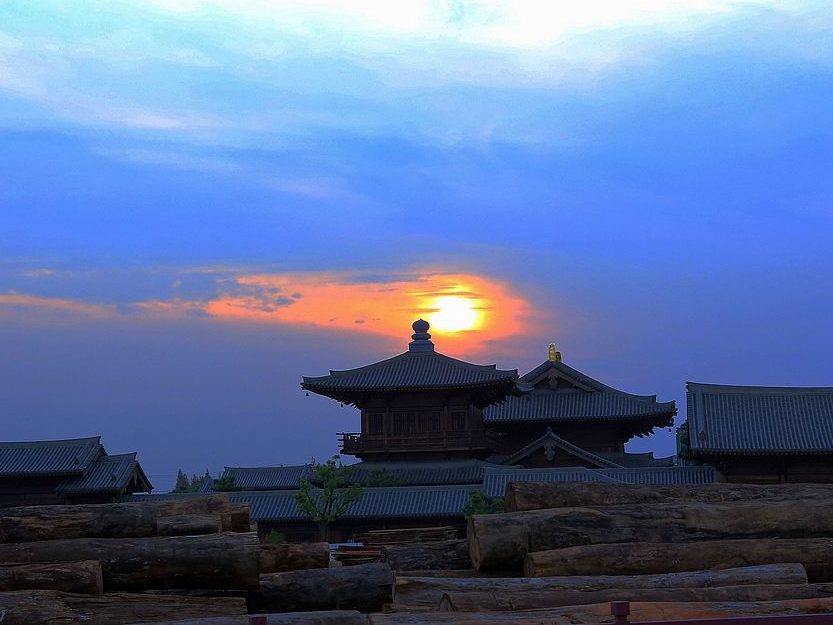
Baoshan Temple, which was built in the sixth year of Zhengde in the Ming Dynasty (1511), is located in Luodian Town, Baoshan District, Shanghai. It has a history of more than 500 years. In 2005, Baoshan Temple was rebuilt and rebuilt. The new temple is a palace-style building in the late Tang Dynasty, with a total construction area of about 12,000 square meters. It is the largest Buddhist temple in Shanghai. Visitors all admire the perfection of the building and the solemnity of the statues.
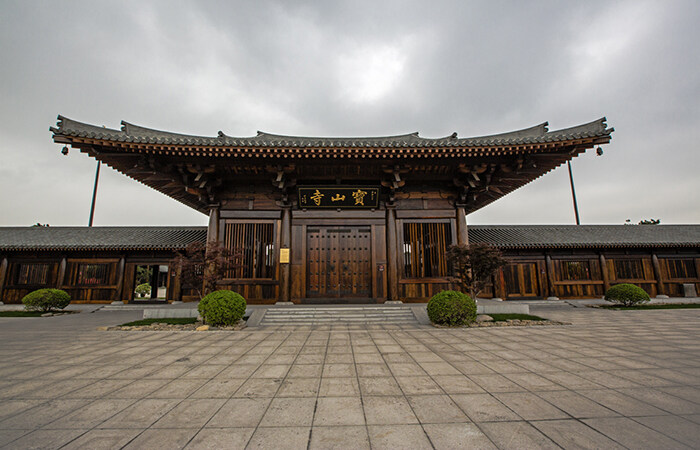
The buildings of Baoshan Temple are all made of pure African safflower pear wood, built with pure hand-made tenon joints in accordance with the ancient architectural book "Building French Style", with a rigorous structure, simple and heavy. The gate of the temple in the picture above weighs about one ton. The simple door bolt makes you feel that the ancient style of Tang Yun is blowing.
The temple adopts the traditional Garan vertical axis layout, which is grand in scale and majestic. Entering the mountain gate and climbing up the stairs along the arch bridge on the lotus pond, the first thing you see is the majestic Palace of Heavenly Kings, the Bell and Drum Tower and the towering granite pillars.
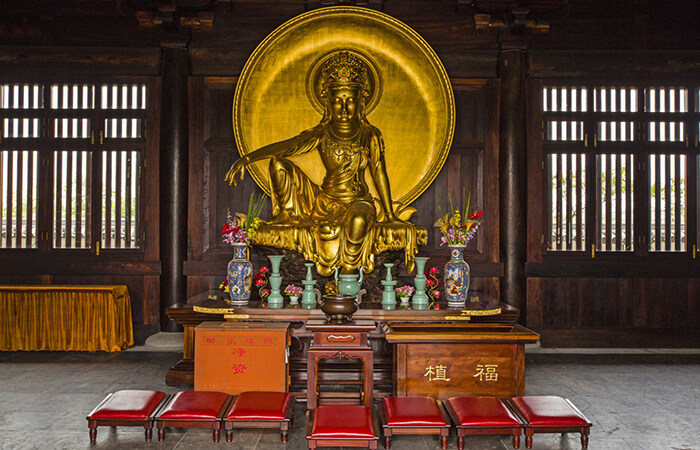
It is said that Shanghai is the dojo of Maitreya Bodhisattva, so there is a Maitreya Bodhisattva who practiced in Tusita Heaven is enshrined in the Palace of Heavenly Kings. The bronze statue wears a crown of five Buddhas and is adorned with a jewel. The face is solemn and kind. . The four kings of bronze cast on the left and right sides are unique and stand upright.
The core building of the temple, the Daxiong Hall, is vigorous and dignified. In the middle of the hall, Buddha Shakyamuni is enshrined. On both sides are two Venerables, Kasya Yeh and Ananda. The Bodhisattva Manjushri is worshipped in the east and Samantabhadra Bodhisattva is worshipped in the west. The five statues are extremely solemn, all of which are cast in bronze and gilded (gold leaf is used for clothes, and clay gold is used for skin).
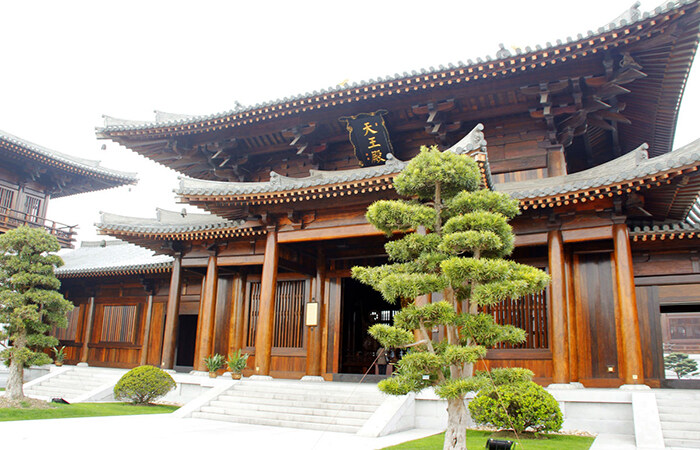
A bronze cast water moon Guanyin is enshrined in the Guanyin Hall. According to legend, Guanyin Bodhisattva once transformed into a beautiful woman and built a high platform by the waterside of Gusu City to supervise the people who were killed by the golden soldiers. Therefore, most of the offerings in Suhang area are still Water Moon Guanyin. It is worth mentioning that the Buddha statues in the temple were first seated, and then the roof and courtyard gates were added, which is enough to illustrate the huge project at that time.
Also involved in the reconstruction of the temple are experts from Japan and South Korea. As a direct disciple of the Tang Dynasty, Japan has always inherited and preserved the culture of the Tang Dynasty in its entirety. This is why the architect Liang Sicheng went to Japan several times to learn from it. Part of the buildings of Baoshan Temple are therefore slightly Japanese and soft.
The building of Baoshan Temple is entirely constructed of pure wooden mortise and tenon joints. Even if one or two hundred years pass, it can still be dismantled and reassembled one by one. If any material rots, it can be replaced at any time. Since its opening, the temple has withstood the multiple tests of the natural environment and extreme weather, and only one tile has been replaced so far.
how about it? Have you listed Baoshan Temple as one of the must-visit places for this eleventh? Editor/He Yuting
Comment
 Praise
Praise
 Collect
Collect
 Comment
Comment
 Search
Search


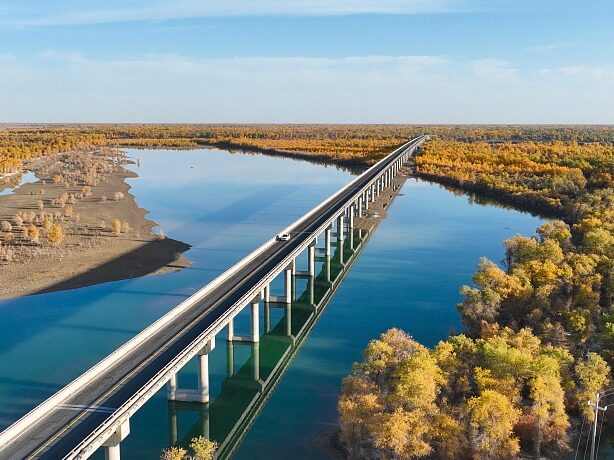
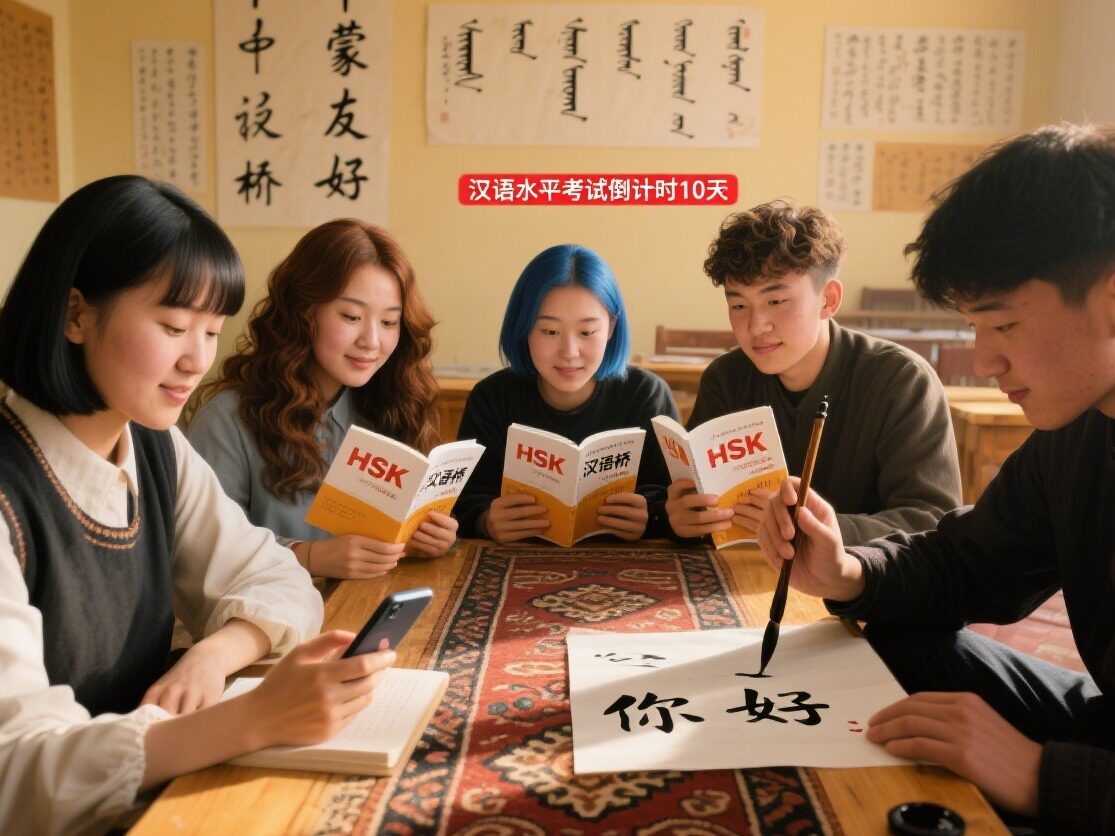
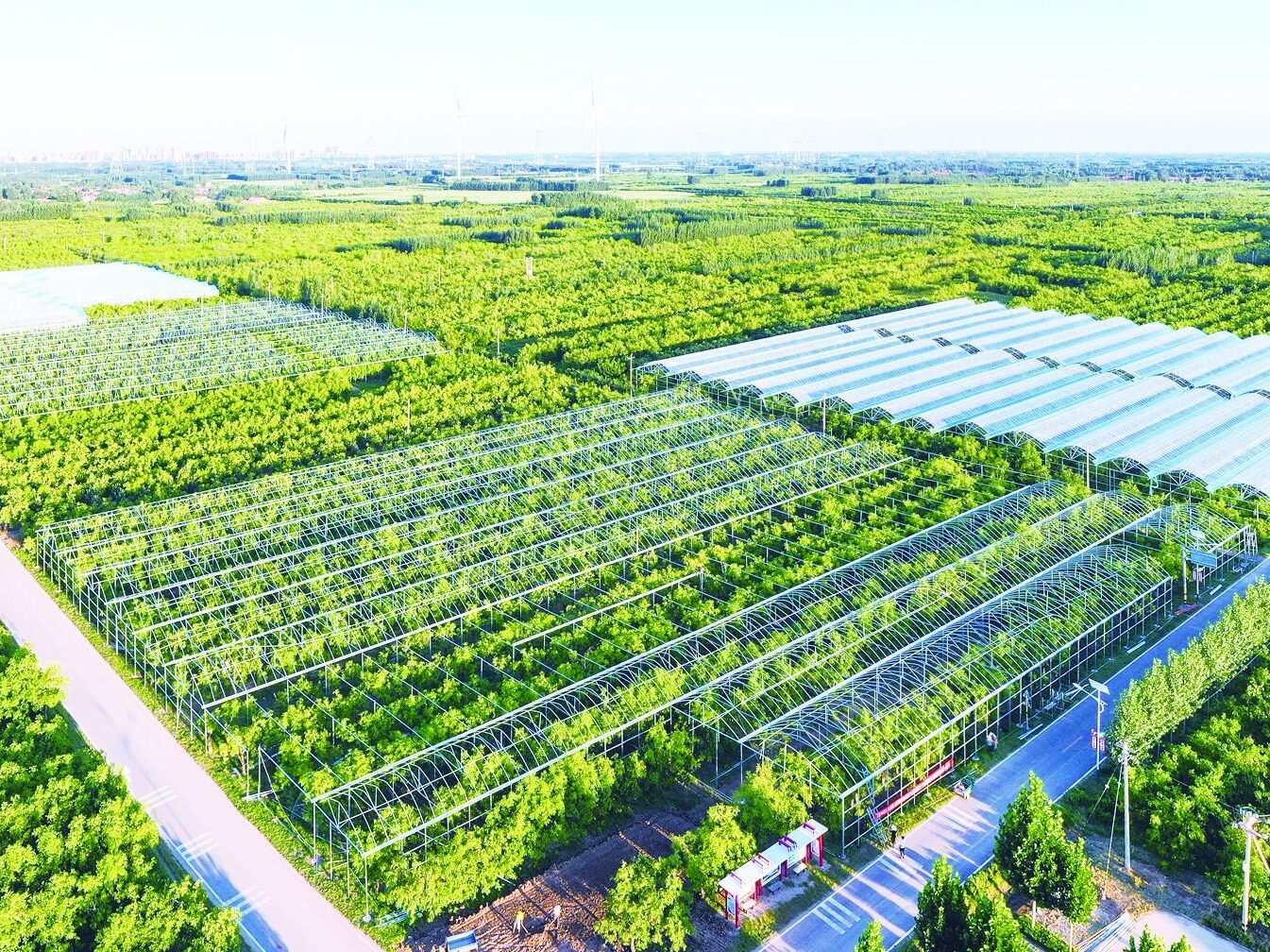

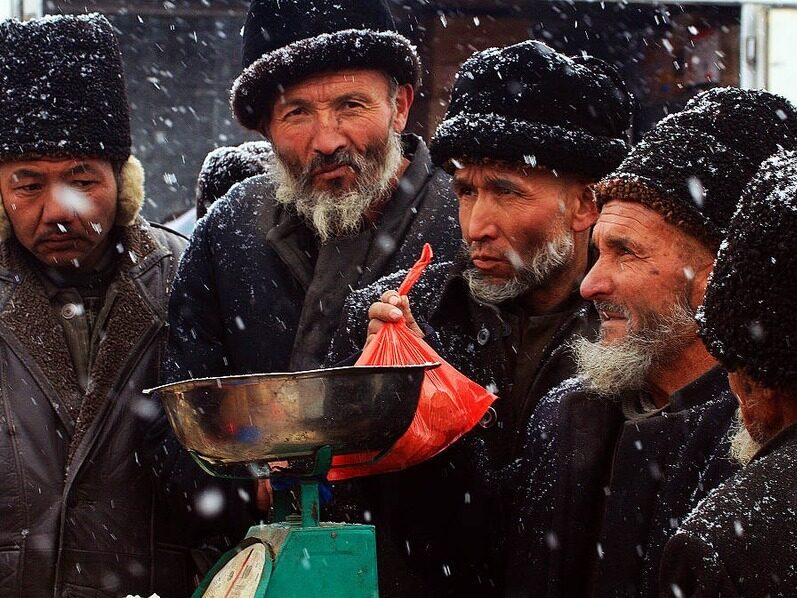
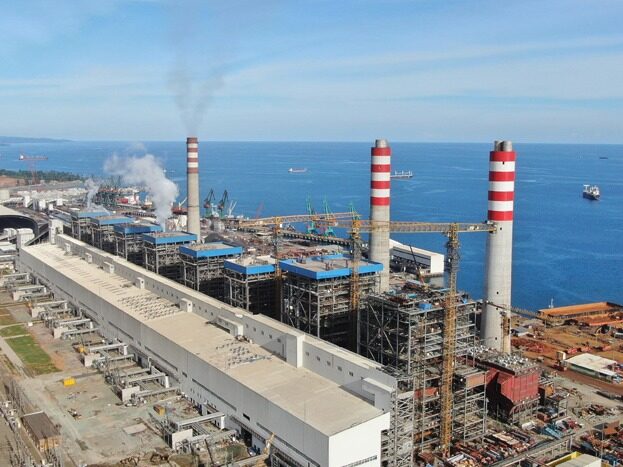






Write something~